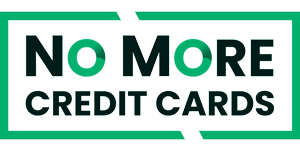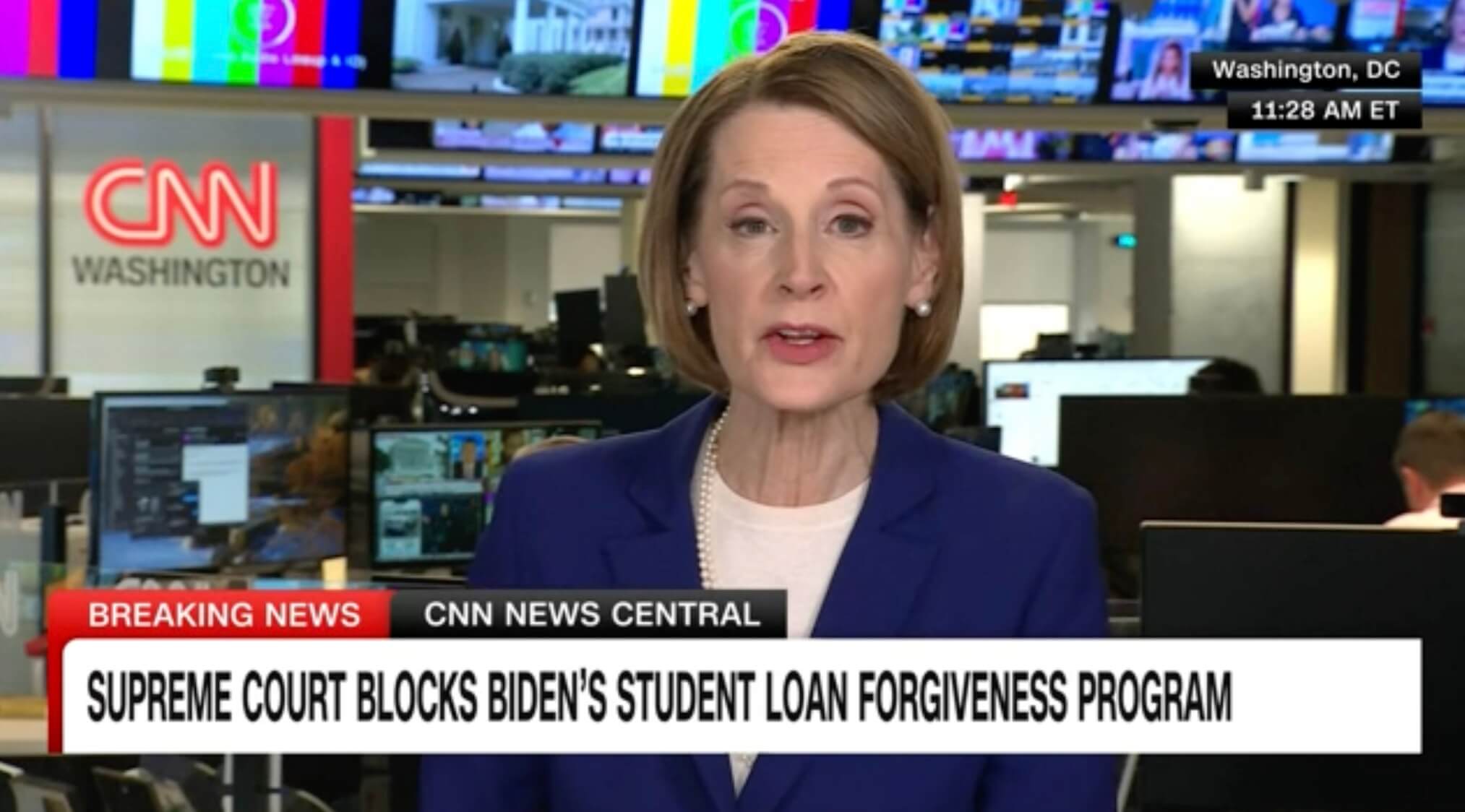Student Loan Forgiveness Blocked Update
Welcome to NoMoreCreditCards.com, your trusted source for debt relief, settlement, and consolidation company reviews.
I’m Paul Paquin, the CEO at Golden Financial Services, with over a decade of experience studying the student loan relief industry. Throughout my career, I’ve assisted thousands of consumers in navigating the complex federal and private student loan relief landscape, offering valuable insights into government income-based repayment plans, loan forgiveness programs, and private student loan refinancing options. My expertise allows me to fully understand the pros and cons of various student loan relief choices.
Today, we are delving into a significant development in the student loan landscape, bringing you the latest updates and analysis to help you make informed decisions regarding your student loans. We’ll share the latest update regarding the student loan relief block and solutions that you can consider. One of these solutions is to refinance your student loans with a low-interest loan. However, not everyone qualifies for a low interest loan, so we’ll share details on how you can check loan rates and options quickly and for free by using Credible.com.
Supreme Court Blocks Student Loan Forgiveness
The student loan forgiveness plan introduced by the Biden administration in August 2022 has been rejected by the Supreme Court, impacting millions of borrowers who were hoping for financial relief.
In this article, we’ll explore the Supreme Court’s opinion, how it affects the payment pause, and essential steps to manage your loans when payments restart. Additionally, we’ll discuss the new income-driven repayment plan and alternative solutions, including student loan refinancing.
What was the Supreme Court’s Opinion?
President Joe Biden’s forgiveness plan aimed to offer up to $20,000 of debt relief for federal student loan borrowers. However, the plan faced numerous legal challenges from the beginning, eventually reaching the Supreme Court. The Biden administration contended that the Education Secretary had the authority to waive or modify student loan regulations during national emergencies, such as the COVID-19 pandemic. However, the Supreme Court disagreed, ruling that canceling such a substantial amount of debt required congressional approval. [Source: CNBC]
The court’s decision dealt a significant blow to the Biden administration’s quest for loan forgiveness. With the rejection by the Supreme Court, student loan forgiveness is not expected, and the only way to reverse this decision is through congressional action or a new ruling by the court. Given the conservative majority in the House of Representatives, it’s highly unlikely that any loan forgiveness legislation would make it to President Biden’s desk. Nevertheless, the administration has expressed its intention to explore other legal avenues to pursue student loan forgiveness. [Source: The Washington Post]
How Does This Affect the Payment Pause?
Since March 2020, payments and interest on federal student loans have been paused, providing borrowers with temporary financial relief during the pandemic. This payment pause was set to expire on September 1, 2023. As part of recent debt ceiling negotiations, this date was enshrined into law, making it unlikely to be extended further. Consequently, borrowers will be required to resume loan payments starting in October.
The payment pause was extended multiple times by both former President Donald Trump and President Biden. The recent rejection of the forgiveness plan has led to the conclusion that this will be the final extension of the payment pause. As a result, borrowers need to prepare for the resumption of payments.
How to Manage Your Loans When Payments Restart
With payments set to restart after more than three years, it’s crucial to review your student loans and assess their status. Here are some important steps to take before payments resume:
Confirm Your Loan Servicer: During the payment pause, several loan servicers left the federal lending program, and loans may have been transferred to other companies. To avoid missing important communications, log into StudentAid.gov to confirm your federal loan servicer and ensure they have your current contact information.
Re-enroll in Autopay:
If you were previously making automatic student loan payments before the pandemic, you must opt back in to avoid late fees. Confirm your payment settings with your loan servicer.
Re-evaluate Your Loans:
Take note of your loan balances, interest rates, and remaining years in repayment. If you anticipate affordability issues after payments resume, consider the following strategies:
- a. Change Your Repayment Plan: Opt for income-driven repayment (IDR) plans, which set your monthly payment amount based on your discretionary income, making loans more manageable. After 20 or 25 years of repayment, any remaining balance can be forgiven.
- b. Request Deferment or Forbearance: If you experience economic hardship, you can request deferment or forbearance from your loan servicer, temporarily pausing payments for a specific number of months. Be aware that interest may continue to accrue during this period.
- c. Explore Forgiveness Opportunities: Although the Biden forgiveness plan was blocked, there are other forgiveness programs you may qualify for. Public Service Loan Forgiveness is available for government or nonprofit employees, while professionals like teachers, doctors, nurses, lawyers, and dentists often have access to specialized forgiveness plans based on their employment.
- d. Consider Refinancing: Student loan refinancing is an alternative to using federal student loan relief programs. By refinancing, you can potentially lower your interest rate and choose a shorter repayment term, enabling you to pay off your student loans faster. Keep in mind that refinancing means losing access to federal benefits and protections.
Private Student Loan Refinancing: Your Best Option
As an industry expert, I recommend comparing loan offers from top-rated lenders to find the best refinancing option for you.
And there’s an easy way to do this. You can check rates for free at Credible.com, a reputable platform that provides access to multiple lenders.
We recently did an extensive review of Credible loans. To see the details of our analysis visit our Credible Personal Loans Review.
[Source: Credible]
The New Income-Driven Repayment Plan
Fortunately, the rejection of the forgiveness plan does not affect the new income-driven repayment plan announced by the Biden administration. Under this plan, significant changes have been introduced to benefit a considerable percentage of student loan borrowers enrolled in an IDR plan:
Monthly Payment Caps: Borrowers’ monthly payments are capped at 5% of their discretionary income, reducing the burden compared to the previous 10% cap. The White House estimates that this change will lower the average annual student loan payment by over $1,000.
Faster Loan Forgiveness: Balances of less than $12,000 are eligible for forgiveness after only 10 years, as opposed to the previous 20 years.
Support for Low-Income Borrowers: The non-discretionary income amount has been raised to ensure that borrowers earning under 225% of the federal poverty level will make more affordable monthly payments.
Get Ready for Student Loan Payments to Resume
Get ready for changes to your income-driven repayment (IDR) plans due to COVID-19 relief measures. Payments during the pause will still count towards IDR forgiveness, and the recertification deadlines have been extended. Starting from September 1, 2023, student loan interest will resume, and payments will be due in October. Plan ahead for these changes.
If you’re already on an IDR plan or enroll during the payment pause, your paused payments will count towards IDR forgiveness. If you’ve experienced a drop in income, consider recertifying early to adjust your payment amount based on your current income.
Recertification deadlines have been pushed out, and you may see an earlier date on your account, but it will be updated to one year after the pause ends. If your income has decreased, recertify early to update your payment amount. You can self-report your income for Direct Loans during application or recertification without tax documentation, but this option will end six months after the payment pause concludes.
Contact your servicer for the latest information on your IDR plan, and use the Loan Simulator to explore different repayment plan options. Stay informed and prepare for the restart of student loan payments. Source: studentaid.gov.
Conclusion
The rejection of the student loan forgiveness plan by the Supreme Court has significant implications for millions of borrowers hoping for financial relief. As the payment pause nears its expiration date, it’s crucial for borrowers to prepare for the resumption of loan payments. Consider reevaluating your loans and exploring alternative strategies to manage debt effectively. Additionally, be aware of the new income-driven repayment plan introduced by the Biden administration, which aims to benefit a considerable number of borrowers. For those seeking to explore refinancing options, I recommend visiting Credible.com to compare rates from top-rated lenders.
Remember, while the student loan forgiveness plan may not be available, various other opportunities for forgiveness and assistance exist. Stay informed and take proactive steps to manage your student loans responsibly.
Disclaimer: The information provided in this article is for educational purposes only and does not constitute financial or legal advice. Please consult with a qualified professional for personalized guidance regarding your specific financial situation.
References:
CNBC: “Supreme Court Blocks Biden’s $20,000 Student Loan Forgiveness Plan”
The Washington Post: “Biden says he will pursue other legal avenues to cancel student debt after the Supreme Court ruling”
MarketWatch: “Biden faces ‘real bad’ legal odds after Supreme Court’s student-loan ruling”
U.S. Department of Education: Federal Student Aid – Repay Your Loans
Credible: Student Loan Refinancing Rates and Lenders



